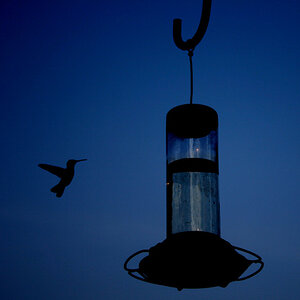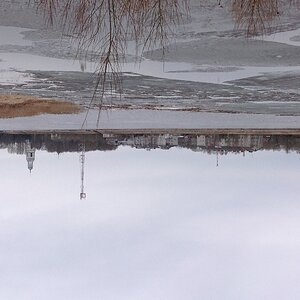petrochemist
TPF junkie!
- Joined
- Mar 9, 2014
- Messages
- 1,873
- Reaction score
- 608
- Can others edit my Photos
- Photos OK to edit
If I recall from the 80's-90's, medium format film was never "mainstream", the 35mm market was?
Not in the 80s & 90s but it was in the 30s,40s & 50s.
If you got a camera in that time period it was most likely to take 120 or 220 film. Later 35mm came along and offered a smaller camera that could now give reasonable IQ.
Looking though the history of Photography the sensor/film size of mainstream cameras the size has steadily reduced. Before 120 film it was half plate & quarter plate (5x4 & 10x8)
It's only enthusiasts & professionally who want/need extra quality that really benefit from even APSC let alone 'full frame' & medium format. Without some very significant extra capability the extra bulk will keep digital medium format a niche product, even if price was equivalent to a DSLR.


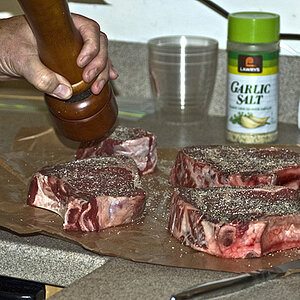
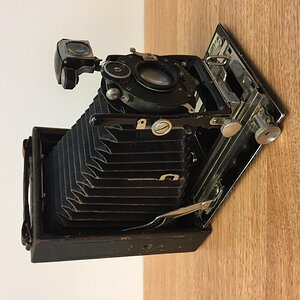
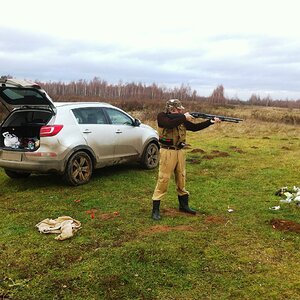
![[No title]](/data/xfmg/thumbnail/37/37604-7ad625e983f92f880eb65a264eeef5e4.jpg?1619738148)
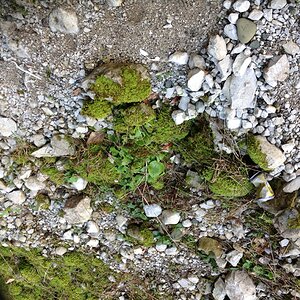
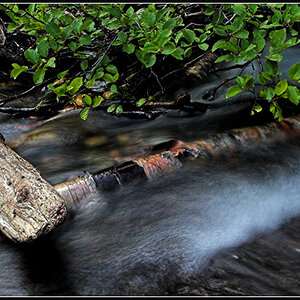
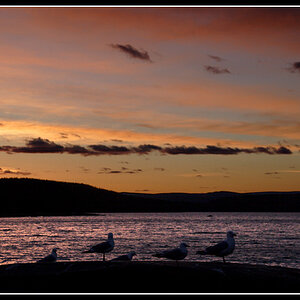

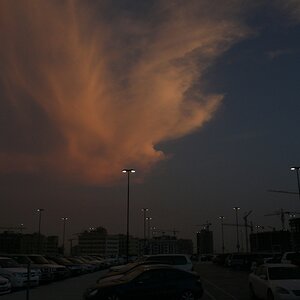
![[No title]](/data/xfmg/thumbnail/32/32700-18534997be82e5150c566a9e67a00471.jpg?1619735602)
